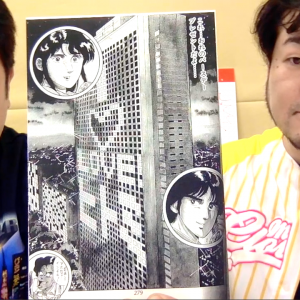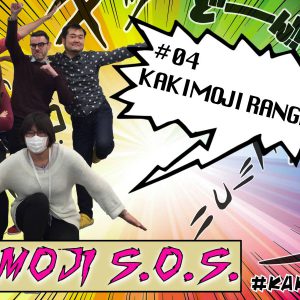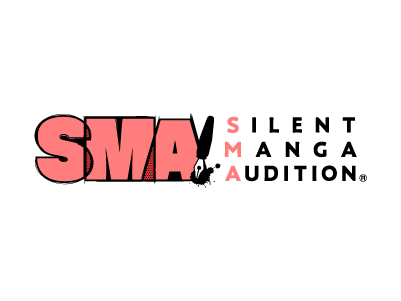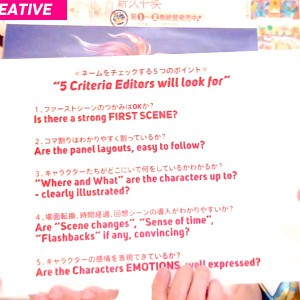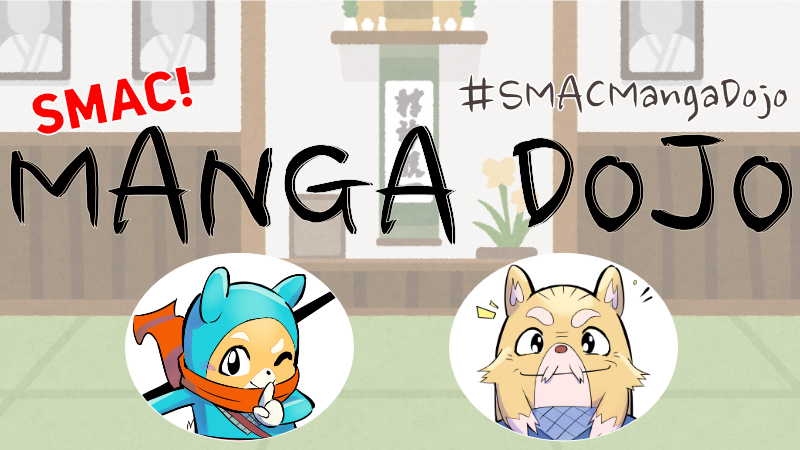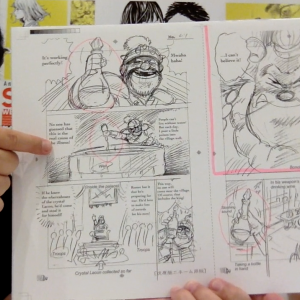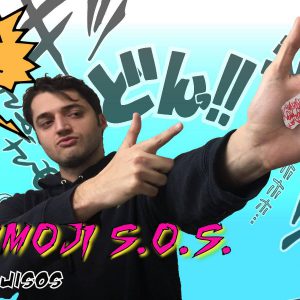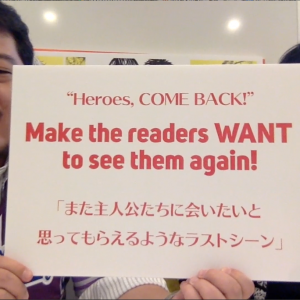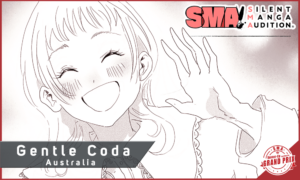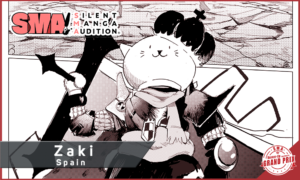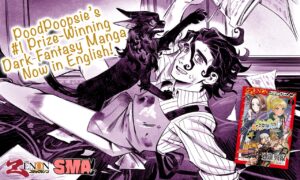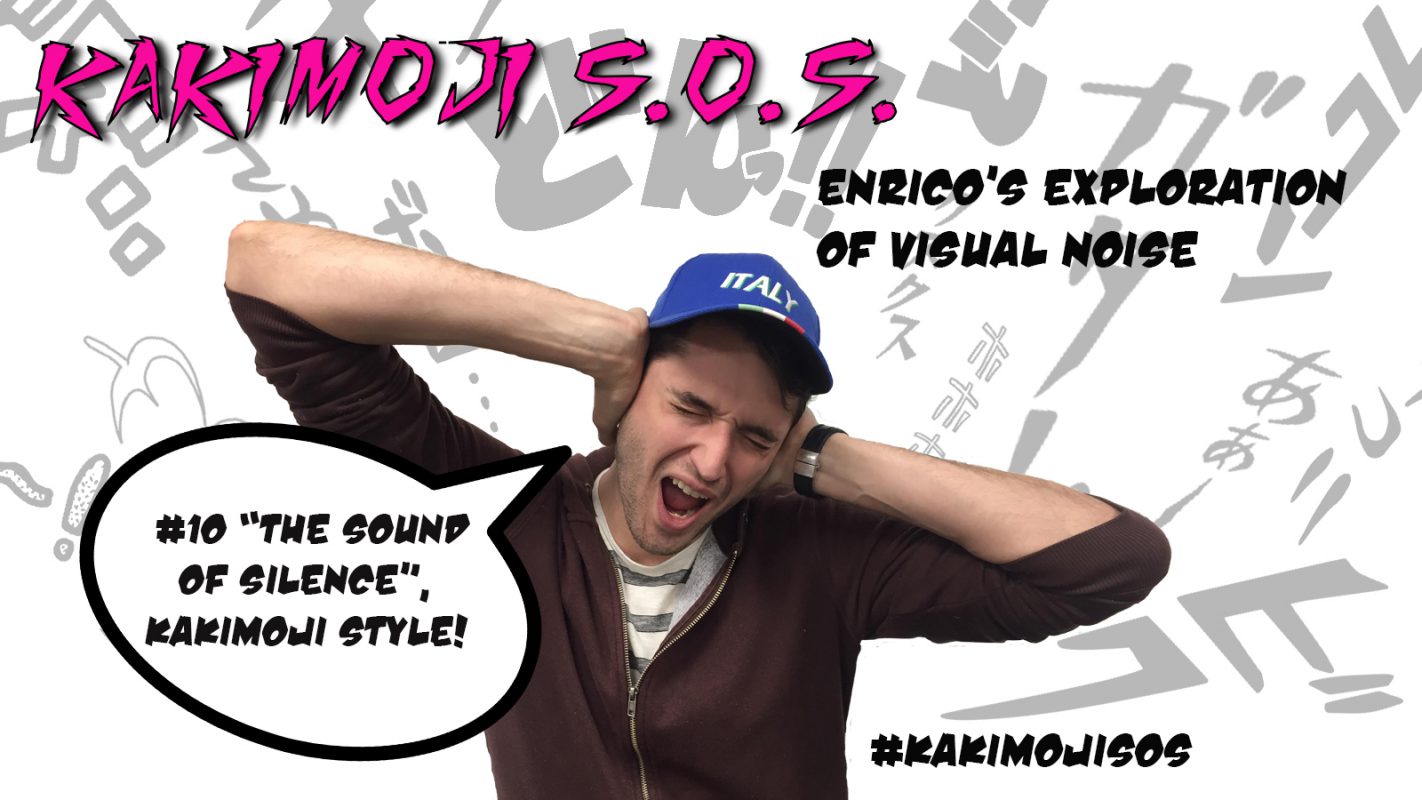
One of Japan’s most intriguing classical arts is Kabuki. But did you know that this form of opera contains a type of music very similar to Kakimoji? “Shima music” is used in Kabuki performances to set the atmosphere in scenes, along with expressing a character’s feelings, personality and behaviour. Sound familiar?!
“Shima music”, or “incidental music” as it is known in the movie industry, is an effective way to build up tension and create atmosphere. The sound of the wind, howling down the mountain side, a clap of thunder or the foreboding stomp of heavy footsteps, all can be brought to life with “Shima music” (who could forget the iconic shower scene, accompanied by those sharp slashing sounds in Alfred Hitchcock’s Psycho?!).
Kakimoji does exactly the same! By carefully choosing Japanese onomatopoeia, manga creators are able to create tension or express a particular sound effect, simply by adding certain characters. Today, we’ll take a look at the best Kakimoji used to express “sound” and “atmosphere”.
So lock the doors, strap yourselves in and prepare to FEEL the tension!
 Let the eyes do the talking!
Let the eyes do the talking!





 Kakimoji are indeed the real sounds of silence!
I want to know more about them and their characteristics!
Got it! So next week we’ll take a look at other sounds can be represented only by using Kakimoji!
DO NOT MISS IT!
Ciao!
Kakimoji are indeed the real sounds of silence!
I want to know more about them and their characteristics!
Got it! So next week we’ll take a look at other sounds can be represented only by using Kakimoji!
DO NOT MISS IT!
Ciao!
 Let the eyes do the talking!
Let the eyes do the talking!
1. Sounds expressed by eyes and mouth movements

KUWAA For those ‘wide-eyed’ moments, something Jagi excels at! (Fist of the North Star)

JIRORI When you meet ‘eye to eye’…something’s afoot! (Fist of the Blue Sky)

KYORO KYORO Something caught your eye? For when you spot something VERY interesting (Kyo kara CITY HUNTER)
There is a saying in Japan, roughly translated it says “eyes can say a thousand words”. Basically, the eyes can express every emotion imaginable, thereby removing the need to speak. With the help of “KUWAA”, “JIRORI”, and “KYORO KYORO”, the ability to soundlessly communicate through facial expressions alone, are incredibly effective in Manga!2. The voice of the heart “needs to be heard”

Tokun Tokun Sound of the heart (Angel Heart)

WANA WANA
When your blood is up and rage engulfs you! (F. COMPO)
Much has been written about the heart, keeping writers, artists and poets busy for centuries. In fact, if you were to ‘LISTEN’ to your heart instead of your head, you will ‘HEAR’ the Kakimoji. Well, in Manga at least… Whenever we look at scenes of love or tense situations, we can almost hear the beating of the protagonist’s heart. But how do we draw this? “Tokun Tokun” and “Doki” are useful Kakimoji to express both exciting and nervous moments. By using these devises, we can almost hear the tension in the air. “WARA WARA” has the same effect but is used in much lighter scenes, such as comedy. The sound of the heart in these situations actually leaves the body, thereby adding to the expression of the character and soliciting a reaction from the surrounding people. Kakimoji are indeed the real sounds of silence!
I want to know more about them and their characteristics!
Got it! So next week we’ll take a look at other sounds can be represented only by using Kakimoji!
DO NOT MISS IT!
Ciao!
Kakimoji are indeed the real sounds of silence!
I want to know more about them and their characteristics!
Got it! So next week we’ll take a look at other sounds can be represented only by using Kakimoji!
DO NOT MISS IT!
Ciao! 




